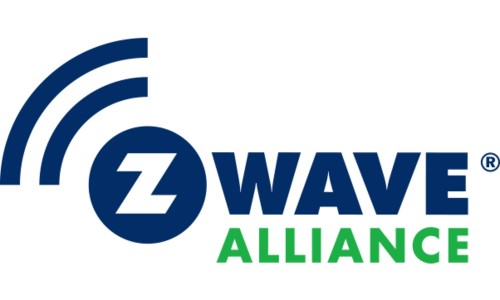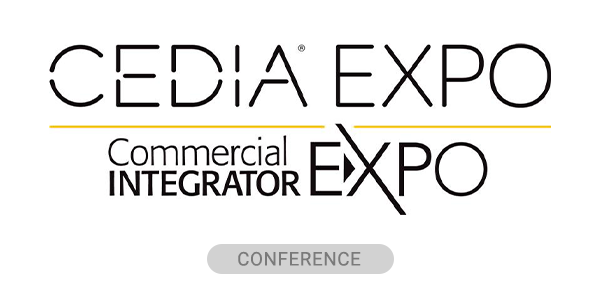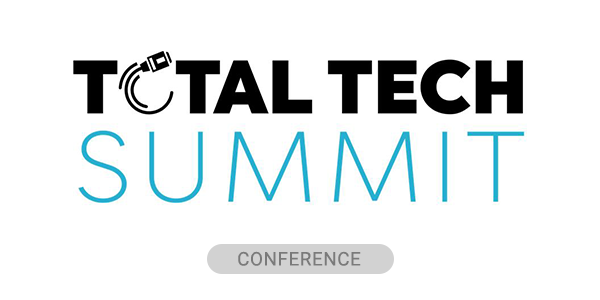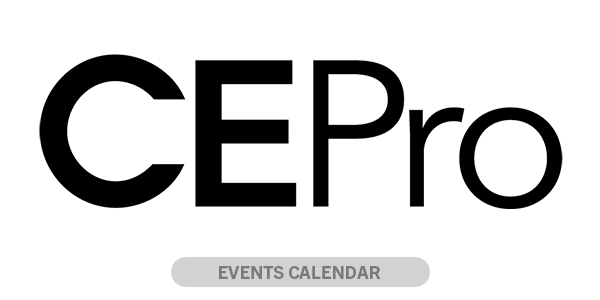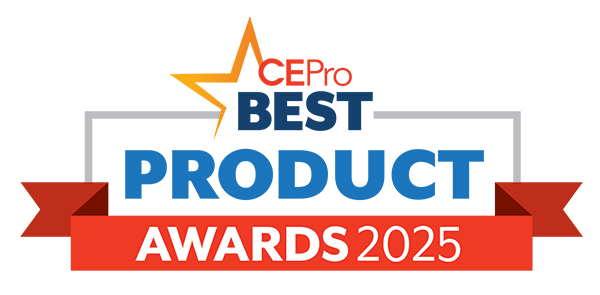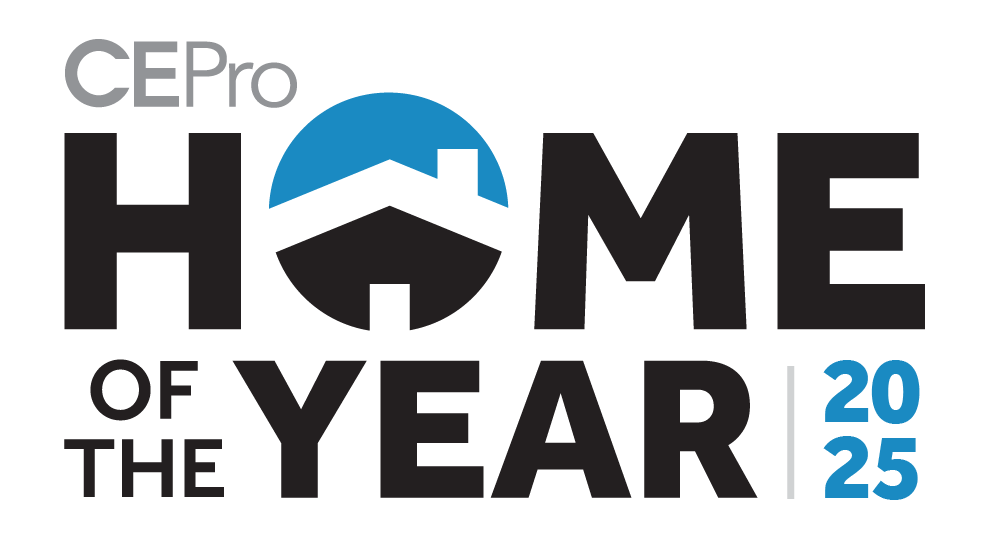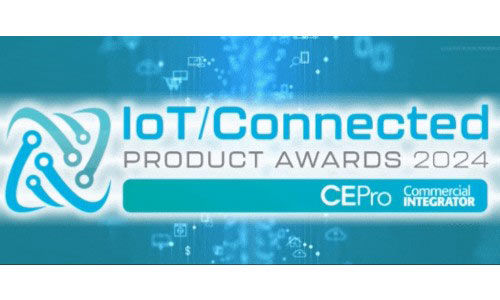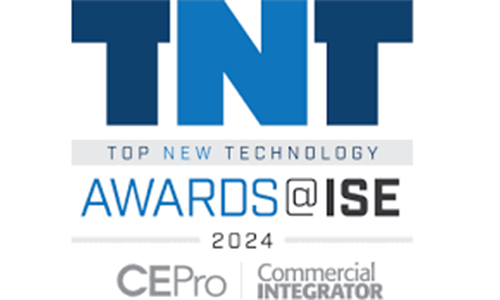The ubiquitous Z-Wave wireless communications and control protocol is extending its reach in 2025, introducing the 2024B Z-Wave Specification Package as well as a new Accelerator Membership Level aimed at assisting startups and young companies in the IoT ecosystem.
These initiatives demonstrate the Alliance’s ongoing commitment to innovation, collaboration, and ensuring interoperability in the IoT market, the group stresses.
What’s In the 2024B Specification Package?
The Z-Wave Specification Package includes documents that have undergone an Intellectual Property Rights (IPR) review and includes updates that significantly enhance the Z-Wave Certification program, the Alliance explains.
The 2024B Package introduces new and updated Z-Wave Command Classes, and unlocks new tools for developers than the previous 2024A version released last year, the group notes.
These updates to the overall Z-Wave Specification have been implemented to ensure improved functionality and regulatory compliance, and to provide a seamless path forward for developers and manufacturers, according to the Alliance, which had plenty of IoT innovation on hand during January’s CES.
Getting a Little Bit More Into Detail
- Command Class Updates: The updated spec introduces several significant advancements to Command Classes, driving further device interoperability, customization, and security. Notable 2024B updates include the User Credential Command class, which is used to manage various user credentials for gaining access to properties, typically through unlocking or opening doors, the Alliance explains.
- Updated Certification Requirements: The Z-Wave certification process has been elevated through the latest Compliance Test Tool (CTT) version 3.9.1. The latest version underscores the rigorous validation of device performance and includes SmartStart, S2, and Z-Wave Long Range (ZWLR) support.
- New Certification Tool Features: The 2024B-2 Certification Program and Tools update was released on January 15, 2025. Key additions include enhanced range testing benchmarks, streamlined cross-portal cloning for seamless recertifications, updated emulator support for ZWLR, SmartStart, and User Credential Command Classes (UCCC), along with IP-based devices.
- Z-Wave 2024B-3 Update: The upcoming update addresses a frequency change proposal for ZWLR in the EU. Due to ETSI regulatory requirements, the frequencies for ZWLR-EU will transition from 864.4MHz and 866.4MHz to 864MHz, and 866MHz.
Why This Update is Important
This change ensures compliance with regulatory standards and includes updated PHY specifications, and updated product and protocol certification for vendor software.
“The Z-Wave 2024B update represents our continued efforts to enhance the Z-Wave ecosystem,” says Avi Rosenthal, chair of the Board for the Z-Wave Alliance.
“By addressing critical regulatory challenges and introducing new tools for developers, we’re enabling the IoT industry to create innovative, future-ready solutions while simultaneously maintaining the high standards of interoperability and security that Z-Wave is known for.”
Members can expect to see the final update made to 2024B and the opening of ZWLR EU certification by April 2025, according to the Alliance.
And What About that New Accelerator Membership Level?
In addition to the updates within the 2024B Specification package, the Alliance has launched its Accelerator Membership Level. This new tier is designed to help startups and emerging IoT companies, providing them with affordable access to the resources, support, and collaborative environment of the Z-Wave Alliance.
The Accelerator Membership Level offers a tiered fee structure and access to all Z-Wave Alliance materials and working groups.
Companies can join in Year 1 for a discounted fee of $2,500, with gradual increases in subsequent years as they progress through product development, certification, and market launch, according to the Z-Wave Alliance.
By Year 5, Accelerator Members transition to the standard manufacturer membership level, fully integrated into the Z-Wave ecosystem.
The Accelerator Membership program has been structured to encourage engagement and participation. As part of their commitment, members under this program are asked to participate in the working groups of the Alliance to qualify for discounted membership.
“The Accelerator Membership Level is a testament to the Z-Wave Alliance’s dedication to fostering advancements and inclusivity,” Rosenthal notes.
“Startups and young companies are key innovators in the IoT industry, and the Alliance is proud to have witnessed many of our member companies grow or be acquired into much larger brands over the years. This program provides a viable foundation for young companies to ensure they have the resources and support required to bring their ideas to life while contributing to the growth of the Z-Wave community.”
